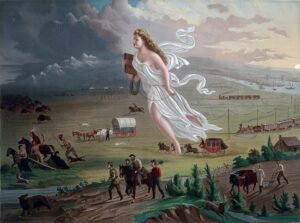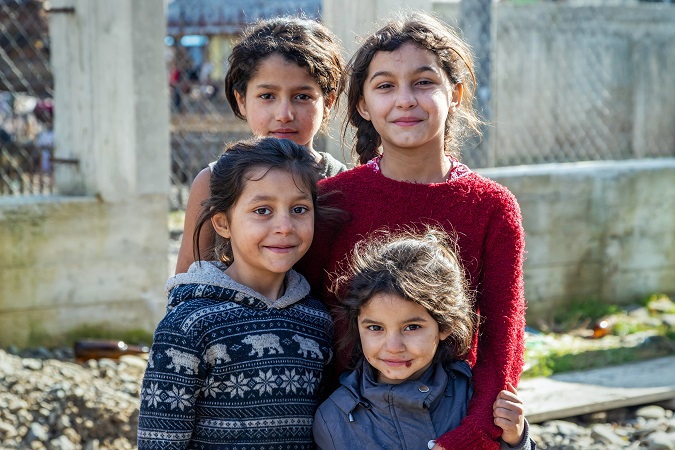
Velykyi Bereznyi, Ukraine - February 28, 2021: Group of cute gypsy girls in ghetto. Ukrainian Roma kids in Carpathian mountains.
Introduction
In the heart of Europe lies a diverse and captivating community whose roots trace back centuries. The Roma people, also known as Romani or Gypsies, bring an enchanting tapestry of culture, history, and resilience to Romania. Often misunderstood, the Roma people have profoundly shaped Romania’s cultural fabric. In this blog, we will embark on a captivating journey to uncover the unique aspects of Roma culture, their struggles, contributions, and the ongoing efforts to foster understanding and acceptance.
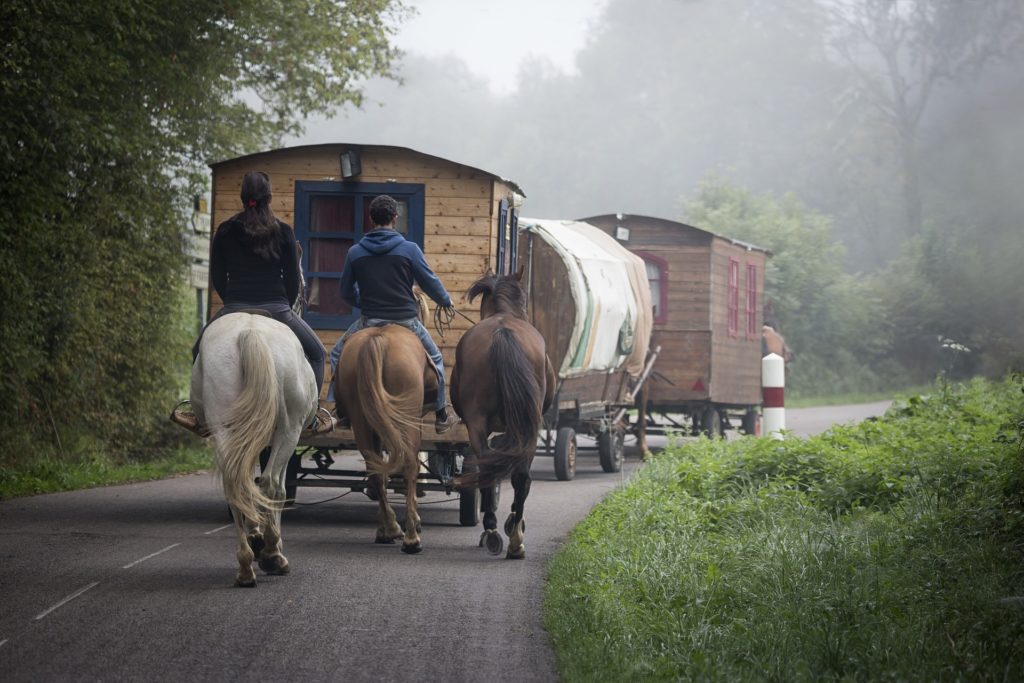
Origins and History
The Roma people’s origins are a subject of debate, but their historical presence in Europe can be traced back to the 14th century. Thought to have migrated from the Indian subcontinent, they gradually spread across the continent, including Romania. Their nomadic lifestyle and distinct language, Romani, played a significant role in shaping their identity.
The Roma have often been referred to as “Gypsies.” The origin of this term can be traced back to a misconception that the Roma people were Egyptians or had some connection to Egypt. When the Roma first arrived in Europe in the 13-14th century, they were mistakenly believed to be from Egypt due to their dark complexion and unfamiliar language. Over time, the word “Gypsy” became associated with the Roma people and was widely used to describe them across Europe. However, it perpetuated stereotypes, misconceptions, and romanticized notions about their lifestyle, which often did not reflect the reality of the diverse Roma community.
In recent years, there has been a growing recognition that the term “Gypsy” is offensive and inaccurate. It is important to use the term “Roma” or “Romani” instead, as it respects the cultural identity and self-identification of the community. Using “Roma” acknowledges their distinct heritage and helps to foster a more accurate and respectful understanding of their culture and history.
Historically, many Roma communities had a nomadic or semi-nomadic lifestyle, influencing their occupations. Traditional Roma occupations include metalworking, woodworking, horse trading, music, dance, fortune-telling, and storytelling. These professions often reflect their adaptability, resourcefulness, and skills passed down through generations.
Persecution and Prejudice
The Roma have often been subject to negative stereotypes, misconceptions, and prejudice. They have been portrayed as thieves, beggars, or social deviants, perpetuating harmful stereotypes that have led to stigmatization and marginalization. These stereotypes have fueled discrimination and hindered their social integration and acceptance. Throughout history, efforts have been made to forcibly assimilate the Roma into mainstream society, eradicating their cultural practices, language, and traditions. In some instances, Roma children were forcibly taken from their families and placed in state-run institutions, severing their ties to their cultural heritage—such assimilation policies aimed to eliminate the Roma’s identity and enforce cultural conformity.
During World War II, the Roma people faced severe persecution and atrocities at the hands of the Nazis and their collaborators. The treatment of the Roma during this period is often referred to as the Porajmos, meaning “the Devouring” or “the Destruction” in the Romani language. Roma individuals and communities were subjected to mass killings, forced labor, and extermination campaigns across Nazi-occupied territories. Estimates suggest that hundreds of thousands of Roma people were killed during the Holocaust, although the exact number is difficult to determine due to limited documentation and historical records. The Roma people have suffered acts of discrimination, harassment, a lack of political representation, and even targeted violence.
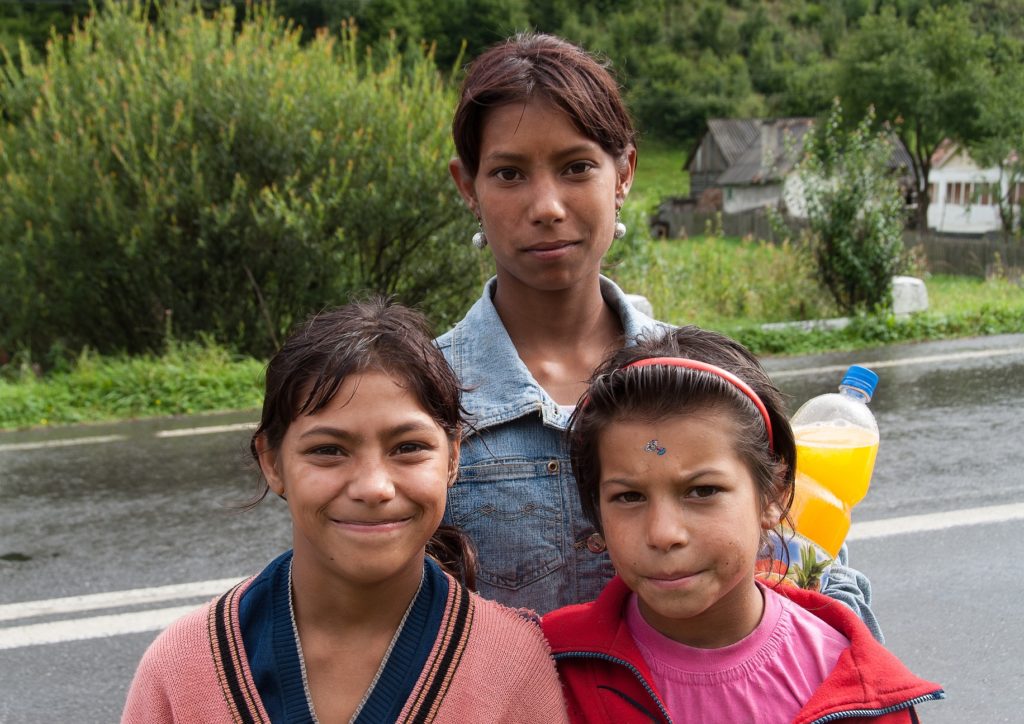
Roma Culture
Roma culture is a rich and diverse tapestry encompassing various traditions, customs, and artistic expressions. While it’s important to note that Roma culture is not monolithic, as it varies among different Roma groups and communities, some common elements contribute to their unique cultural identity.
At the core of Roma identity lies their language, Romani, which serves as a unifying force within their community. It is an Indo-Aryan language with numerous dialects and variations. However, primarily an oral tradition, Romani has a rich literary history. Contemporary Romani writers and poets actively preserve and promote their language, helping maintain an essential aspect of Roma culture. The Romani language facilitates communication among Roma individuals across different countries. Much of their cultural heritage is transmitted through storytelling, folklore, and oral history. These narratives often reflect themes of love, family, community, and the struggles and triumphs of the Roma people.
Music is at the heart of Roma culture and is widely celebrated and cherished. Traditional Romani music is characterized by its lively rhythms, passionate melodies, and soulful vocals. Instruments like the violin, cimbalom, accordion, and guitar are commonly used. Roma music has greatly influenced various musical genres, including Romanian music, flamenco, and jazz. Dance is also integral to Roma culture, with expressive and energetic movements often accompanying the music.
Family plays a central role in Roma culture, strongly emphasizing extended family and communal ties. The family unit extends beyond immediate relatives, encompassing grandparents, aunts, uncles, and cousins. Respect for elders, kinship bonds, and collective responsibility are valued within the community. Decision-making and problem-solving often involve the consultation and support of extended family members.
Roma festivals and celebrations are vibrant and joyous occasions that reflect the community’s cultural heritage. These events often feature music, dance, traditional clothing, and traditional cuisine. Weddings, baptisms, and milestone celebrations are particularly significant, marked by elaborate ceremonies and customs that vary among Roma groups.
It’s important to note that Roma culture is not static and evolves over time as Roma communities interact with their broader societies. Roma individuals and organizations are actively working to preserve and promote their cultural heritage while embracing contemporary influences and engaging in dialogue with the world.
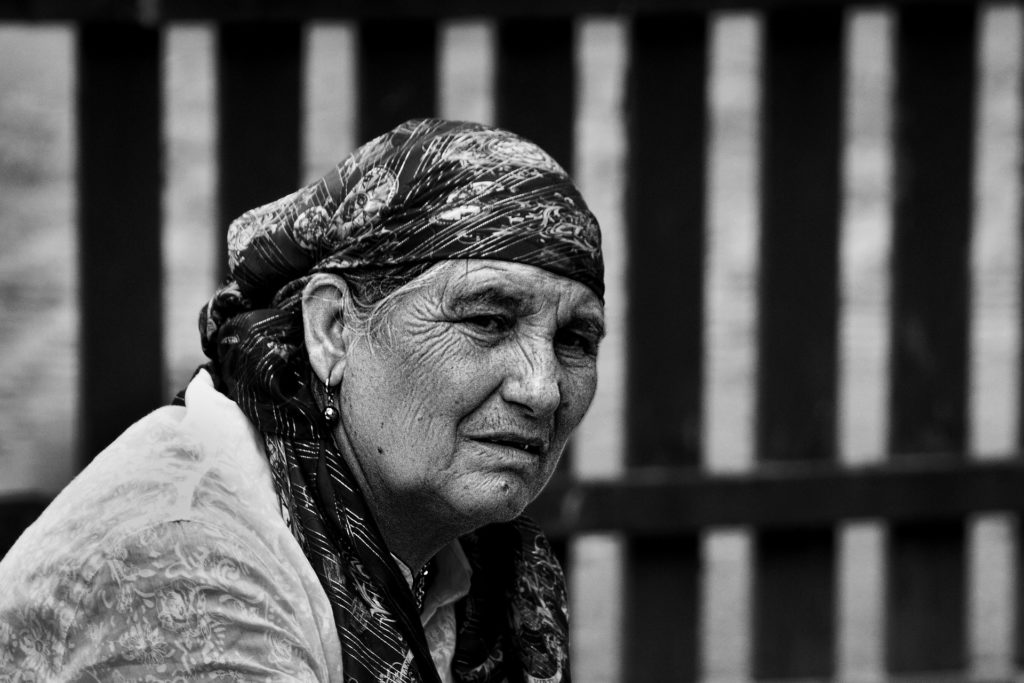
Religion
The religion of the Roma people is diverse and can vary among different groups and communities. The Roma community comprises individuals with various religious affiliations, including Christianity, Islam, Hinduism, and other faiths. Additionally, some Roma individuals may adhere to traditional Roma spiritual practices that incorporate elements of folk beliefs and superstitions.
Christianity, particularly Roman Catholicism and Eastern Orthodox Christianity, has influenced a significant number of Roma individuals. Many Roma communities have embraced Christianity and integrated it into their religious practices, incorporating Christian rituals, traditions, and holidays into their cultural and spiritual lives.
Religious beliefs and practices within the Roma community are diverse and can be influenced by a variety of factors, including historical migrations, cultural interactions, and individual preferences. The spiritual landscape of the Roma people reflects their adaptability, resilience, and the influence of the communities in which they reside.

Traditions and Celebrations
Roma traditions and celebrations offer glimpses into their unique way of life. Elaborate rituals, lively music, and vibrant traditional attire mark festivities such as weddings and baptisms. Ceremonies like the Baro Than (Big Day) represent a milestone in Roma culture, celebrating young women’s coming of age and readiness for marriage.
Roma culture has a rich tradition of fortune-telling and folklore. Practices such as palmistry, tarot card readings, and interpreting dreams are often associated with Roma customs. Folklore and storytelling significantly pass down cultural history, moral lessons, and cherished narratives within Roma communities.
Another Roma tradition is clothing. attire can be diverse and visually striking. Traditional Roma clothing often incorporates vibrant colors, intricate embroidery, and metallic embellishments. The clothing style varies among different Roma groups and can be influenced by regional or cultural preferences.
Respect for elders is highly valued within Roma culture. Elders are often accorded a position of authority and are respected for their wisdom and life experience. Seeking their guidance, following their advice, and involving them in family decisions are common customs among the Roma.
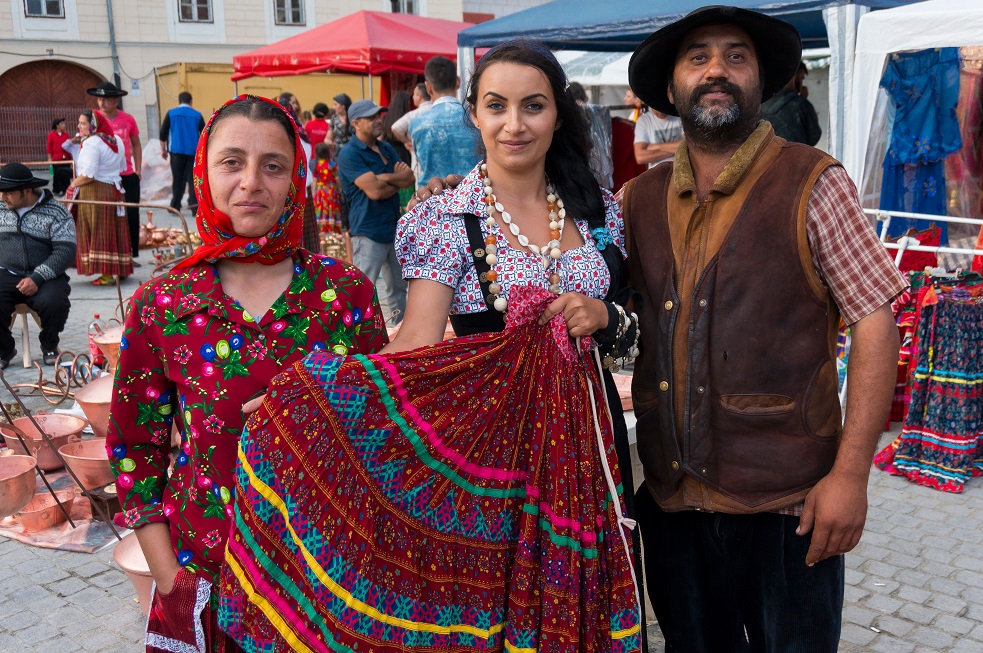
Conclusion
In the tapestry of humanity, the Roma people weave a vibrant thread that captivates with their rich culture, enduring spirit, and profound resilience. Their customs, traditions, and unique way of life form a testament to the beauty of diversity and the strength of these people.
As we delve into the depths of Roma culture, we witness the echoes of centuries past, where music, dance, and storytelling were the heartbeats that resonated through their nomadic souls. From their traditional music’s soul-stirring melodies to their dances’ vibrant footwork, the Roma infuse their customs with a passionate expression that celebrates life’s joys and navigates its challenges.
The Roma exemplifies the enduring power of love, respect, and collective strength through their deep-rooted emphasis on family and kinship. Their tightly-knit communities foster a sense of belonging and unity, nurturing generations with profound wisdom and cultural pride. Within their embrace, the wisdom of elders is revered, and the bonds of the family become unbreakable threads, weaving together a shared journey. Within their collective spirit, the Roma display a resilience that defies the odds, a testament to the indomitable human spirit that continues to rise above adversity.




